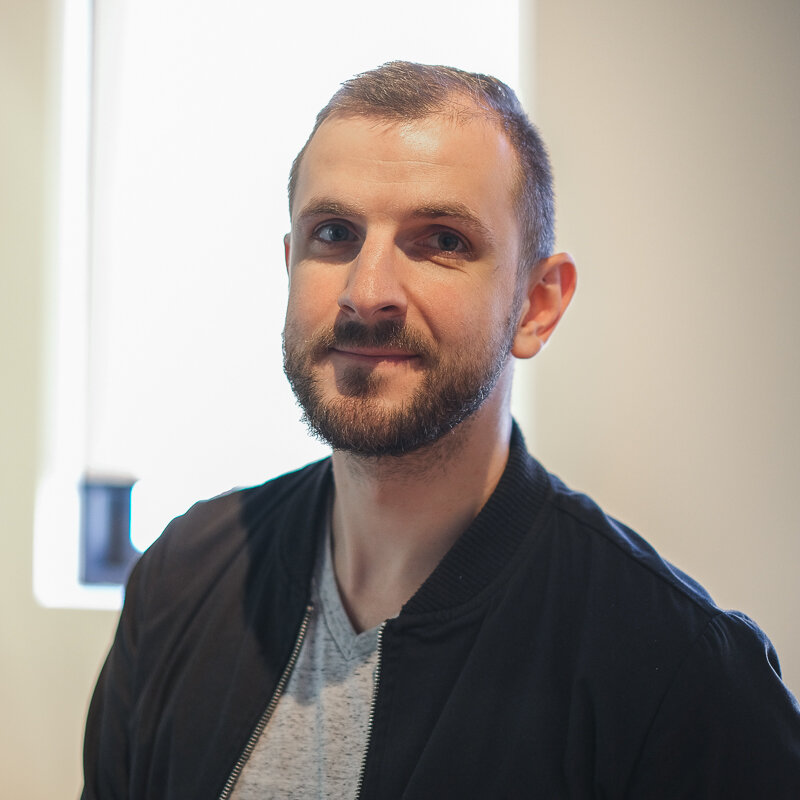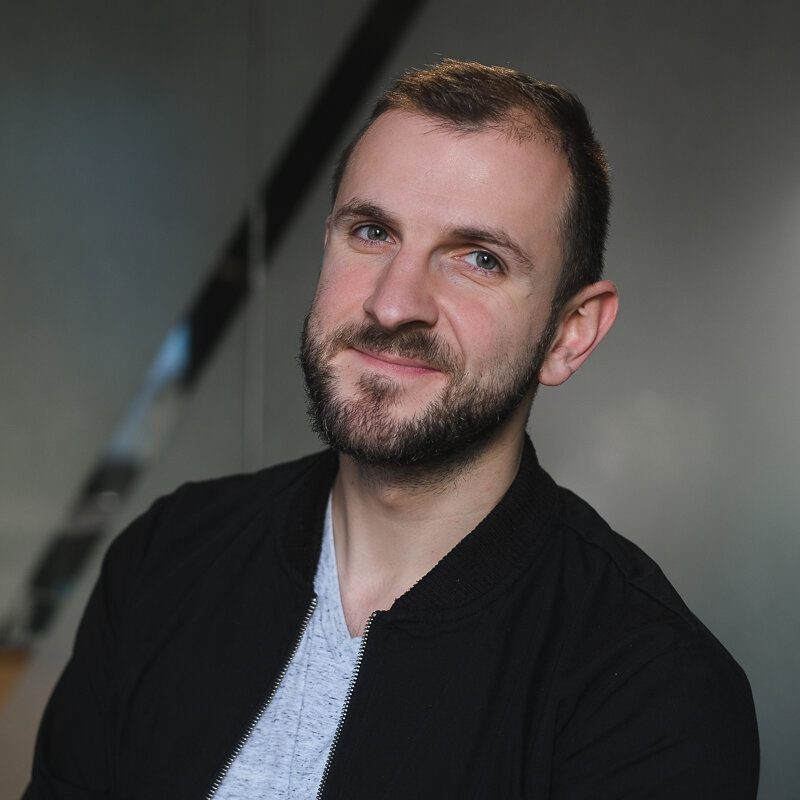5 Tips For Creating Better Profile Pictures For LinkedIn
LinkedIn, in many ways, comes with a different set of rules compared to other social media platforms as it's designed to shape your professional profile and is not meant to be a representation of your personal life. With LinkedIn being used for professional networking and advancing your career, I am sometimes surprised by the photos users choose to present themselves to their professional peers. The most common mistake I see people making is reusing photos they already have on other platforms which is generally fine if it's suitable for your LinkedIn audience as well but more often than not, this is not the case. I often see headshots that are badly lit, sometimes blurry or photos where users have cropped themselves out of a photo with friends and family as it might be the only one they find looks natural or where they like their smile. That is not exclusive to any particular type of user. It shows through all industries and pay grades and I‘m sure I have been guilty of this myself when I first joined LinkedIn.
I know how daunting it can be to take a professional looking photo for LinkedIn, it can feel staged or unnatural. However, you do want to make sure you present yourself in the best possible light to your professional network and future employers. A professional headshot can support your credibility as a skilled worker in your field and ultimately get more attention from peers and recruiters. In order to up your profile photo game, I've put together a few simple tips for you to create a fantastic first impression on LinkedIn.
1. Be mindful of your background
Make sure the background in your photo is tidy and doesn't have any distracting features. If you are taking a photo inside, try to use a plain wall without any wall sockets or decoration that could end up in your photo. Don't stand too close to the wall as it's better if the background is slightly out of focus and doesn't show any shadows.
If you are taking a photo outside, similar rules apply. You want to find something simple and non-distracting and leave some distance between you and your background to throw it out of focus. If you use a smartphone, take advantage of the portrait mode.
2. Use natural light the right way
The use of light is a key factor in every photo. It often makes all the difference between a professional looking photo and a snapshot. If you shoot inside, get close to a window to take advantage of natural light, just avoid direct sunlight hitting your face. To show you what difference the use of light can make, I have included two sample images below that I took of myself. The photos have been taken in the very same spot, just from different angles. In the photo on the left, the window is behind me and there is no natural light on my face, just the artificial light that creates unflattering shadow around my eyes. In the one on the right, I am facing the window. The natural light as well as the catch light in my eyes immediately elevate the overall look of the image.
If you are outside, try to avoid bright and harsh sunlight as it creates shadows on your face that can be unflattering. It's best to find a spot in the shade as it will provide you with an even and soft light.
For a while I was listening to a podcast by Australian photographer Gina Milicia who uses the term "garage lighting" to describe one of her favourite lighting setups. It can be a garage or any sort of doorway/awning outside. What you need to do is step back far enough into the doorway so that the sunlight does not hit your face directly but you still get the sunlight bouncing off the ground which creates a lovely soft and flattering light on your face.
Another point I would make is not to use an on-camera flash without a diffuser as it's never really working well and can make your face look flat. Using flash properly is a bit of a skill in itself.
3. Dress up but don’t put on a costume
Clothing is always a big question mark when I take photos of people for their LinkedIn. Most people immediately think of a suit or blazer and corporate clothes but that doesn't have to be the best choice. I always recommend choosing something that is comfortable but not too casual (don’t bring your hoodie).
The choice of outfit obviously depends on the type of industry or role you're in. You might be required to wear a suit and tie, a blazer or just a T-shirt. Try to go for simple colours and not too busy patterns. It definitely doesn't need to be over the top, you want to make sure it's comfortable and you feel like yourself.
4. Find the right pose
When I photograph people who are not used to being in front of a camera, they all of a sudden become very aware of their limbs, not sure what to do with their arms or legs and how to stand naturally. You are not alone and believe me, I enjoy being behind the camera much more than in front of it.
If it's a simple headshot, your hands and legs will not be in frame so you can find a position that is comfortable to you. Put your hands on your legs or in your pockets. Put your weight on one leg and relax the other.
When it comes to the smile, I'd say do what feels natural to you. People can usually tell a forced smile from a real one so you don't need to overdo it. After all, it's you who we want to get across.
5. Use props if it helps represent your skillset
This is a tricky one. If you are super passionate about your industry and what you do, you're welcome to use props. I work for a company that provides entertainment to airlines so I sometime see photos of people in front of an aircraft engine or model planes. If you're an illustrator or designer, you can hold a scrapbook or whatever you use to create your work. It can emphasises your passion and your skills. If you’re a freelancer working remotely, you can have your laptop in the shot. Just make sure the prop you use is in line with the story you want to tell.
Lastly, don't forget to have fun. If you do, it will be easy to get great results that you're excited to share on your profile. You don't necessarily need a professional photographer. You can easily take pictures at home but I would recommend not to do a selfie. Use the self timer on your phone or ask your partner or friend to take photos of you. A little pro tip if you really don't like having your photo taken by others. Turn on your favourite playlist and it makes you instantly more relaxed. Happy shooting! 📸
Thanks for reading this post. Leave a comment if you have any questions. If you enjoyed this post, join my email list and be the first to know when I publish new content. I am a portrait and social media photographer based in Sydney and I help individuals and small businesses create eye-catching imagery for their brand and online presence.

